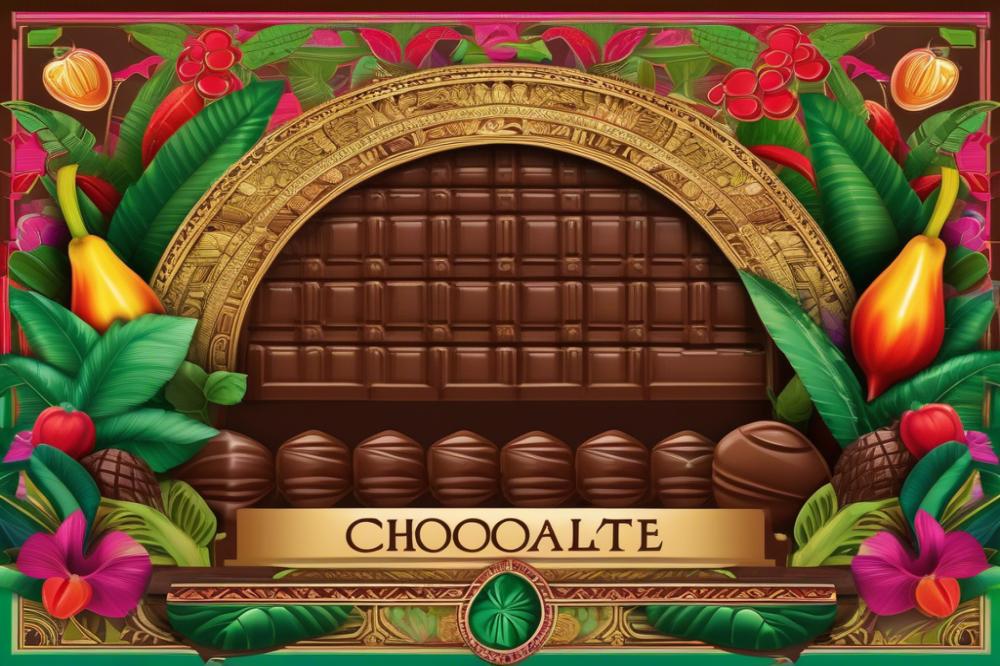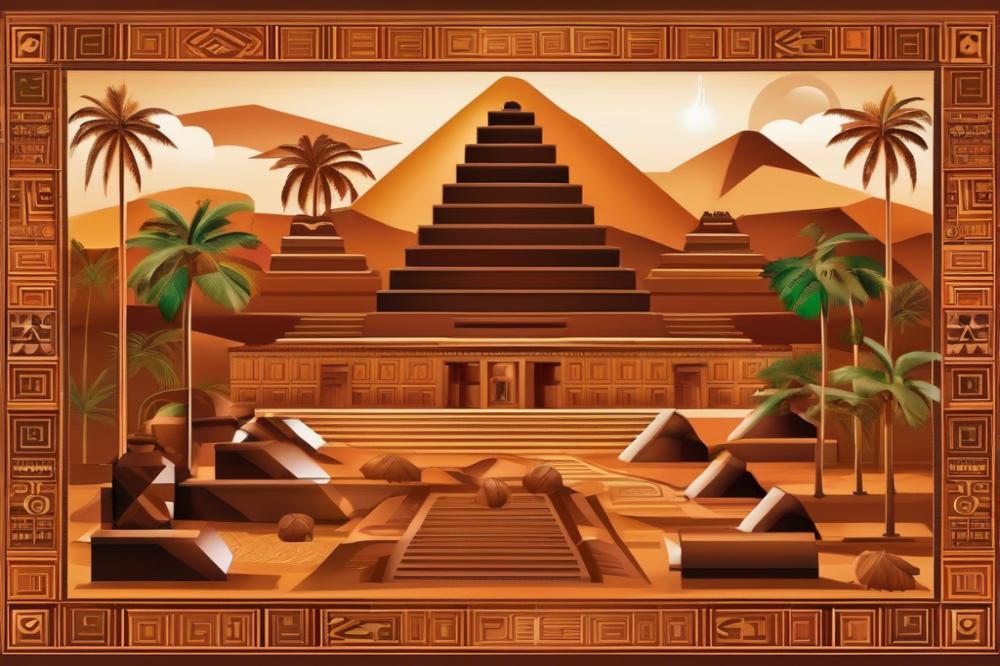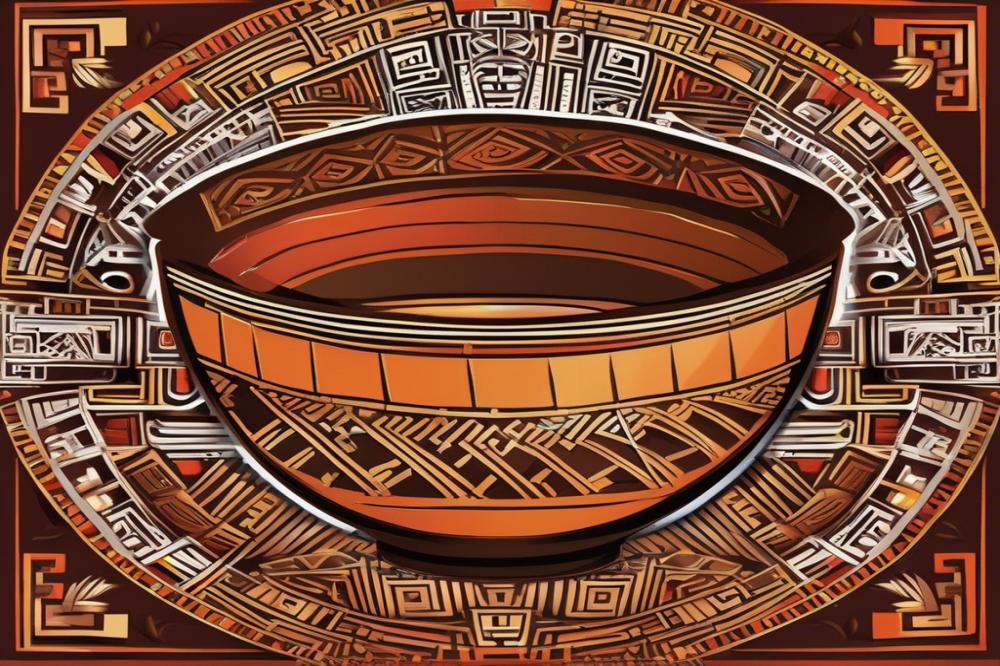Introduction
Throughout history, few foods have held as much significance as chocolate. This seemingly simple treat has a fascinating story. In the 16th century, it transformed from a cultural staple of the Mayan civilization to a luxurious item coveted by the European upper class. The Spanish conquest of the Aztec Empire introduced cacao to Europe, forever changing its cultural landscape.
As it arrived on the continent, chocolate beverages became an instant sensation among the aristocracy. The unique taste, combined with an exotic origin, made it a perfect symbol of wealth and social status. Consumption of this drink wasn’t just about enjoying flavors; it was a statement of power and sophistication. The elite showcased their affluence, as cacao quickly became a vital part of their diets and social gatherings.
European trade routes expanded to accommodate this newfound desire. Chocolatiers emerged, solidifying chocolate’s position as a luxury item. Possessing cacao or indulging in its rich beverages allowed families to display their wealth. Thus, chocolate became a marker of distinction. It represented not just a food item, but an entire hierarchy that defined social status during the period.
The Origins of Cacao
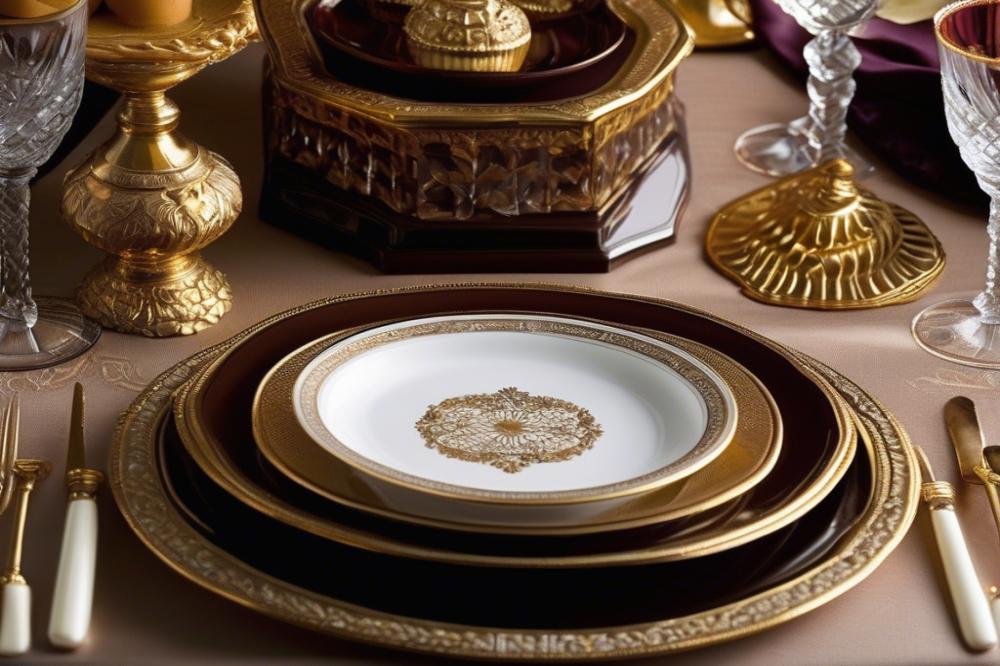
Cacao has deep roots in Mesoamerican history. The Mayan culture was among the first to cultivate this extraordinary plant. They didn’t just grow it for fun; cacao beans were central to their economy and rituals. People consumed cacao in the form of beverages, often flavored with spices and chili peppers. It was a drink that symbolized power and privilege.
This unique plant held significant historical value. In societies like the Maya and Aztecs, cacao beans were not just food; they held immense social importance. In fact, they were often used as currency. Imagine using beans instead of coins to buy goods! Societies would trade these beans far and wide, showing their value. It wasn’t uncommon for cacao to serve as a gift of luxury among the elite.
Before the Spanish conquest, cacao had already established its status. Many Mesoamerican communities regarded it as a prized commodity. The beans represented wealth, and only the wealthiest could afford to indulge in rich, chocolate beverages. This luxury item became intertwined with prestige and elite social gatherings, creating exclusivity. Sharing cacao was a way to showcase social status, further elevating its significance.
With the arrival of Europeans in the 16th century, cacao’s fame spread beyond Mesoamerica. The Spanish quickly recognized its value and introduced it to their own aristocracy. As cacao made its way into European trade, it transformed from a local treasure into a continental delight. It was no longer just a local staple; it became associated with the extravagance of European courts and high society. The demand for chocolate beverages skyrocketed, making cacao even more coveted.
The Spanish Conquest and Chocolate’s Introduction to Europe

The 16th century was a time of exploration and conquest. Spanish conquerors traveled to the Americas, seeking riches and new lands. During this period, they encountered the Mayan culture, where cacao held great importance. The native people used cacao beans not only as currency but also as a component in ceremonial drinks.
Cacao travelled back to Spain aboard ships returning from the New World. Initially, it arrived as raw beans. Spanish nobles experimented with these beans. They created sweet beverages by mixing cacao with sugar and spices. Over time, these chocolate beverages became a luxurious treat. The aristocracy embraced this new drink, turning it into a status symbol.
As chocolate spread through European trade, its consumption reflected wealth and social standing. The upper classes showcased their affluence through lavish chocolate feasts. Courts complexly intertwined fashion and food, making chocolate essential at gatherings. The unique flavor and exotic origin held great fascination for many. Soon, everyone wanted to taste this precious drink.
In no time, chocolate was synonymous with luxury in European courts. Its arrival marked a shift in social dynamics. Enhanced by the allure of the New World, this beverage became a centerpiece in elite gatherings. The exclusivity of the drink added to its status, making it a must-have for anyone wishing to flaunt their wealth.
Chocolate as a Luxury Item

The journey of cacao began centuries earlier among Mayan culture, where it was often enjoyed as a bitter drink. The arrival of Europeans marked a new chapter for this beverage during the 16th century. After the Spanish conquest, the elite began to experiment with the drink, gradually transforming it into something more appealing. The once-basic concoction became a well-prepared product that was often flavored with spices and sweeteners.
One significant development was the addition of sugar. This ingredient elevated the drink from simply bitter to something indulgent and delightful. Sugar quickly became a luxury itself, as it was not readily available and was quite expensive. Its incorporation into cocoa beverages only increased their appeal among the wealthy.
As this luxurious drink spread through European trade routes, it found a new home in the grand halls of aristocracy. Consumption was limited to the highest social status, making it a status symbol. Those who could afford the luxury of chocolate gained social prestige. It was not just a drink; it represented power and privilege.
The elaborate presentation of these beverages added to their allure. Stylish cups and ornate serving methods became standard. Each element heightened the experience, making it more than just a refreshment; it became a statement of wealth. Aristocrats often hosted events showcasing chocolate, allowing them to flaunt their riches and taste.
Over time, the association between cocoa drinks and affluence solidified. The availability of such a drink was a clear indicator of one’s position in society. Nobility sought out these beverages, creating a demand that would lead to large-scale cultivation of cacao. The luxurious nature of the drink had an undeniable impact, as it symbolized a refined lifestyle, distinct from the common populace.
The Influence of European Trade
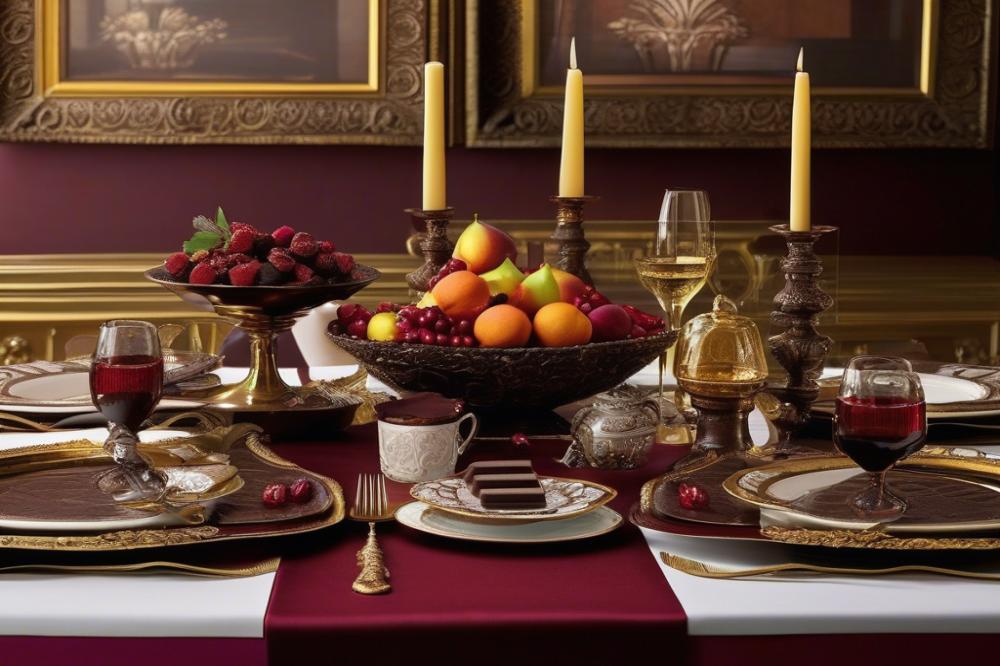
Colonialism played a major role in the rise of cacao production in the Americas during the 16th century. When the Spanish conquered parts of Central America, they encountered cacao, a bean valued by the Mayan culture. This discovery led to a surge in demand. Soon, plantations were established to harvest this coveted crop. European powers saw cacao as a lucrative opportunity for wealth and trade.
As cacao flowed into Europe, the idea of chocolate beverages caught on quickly. The rise of chocolate houses became a cultural phenomenon. These establishments were more than just places to enjoy a drink; they became social hubs for the aristocracy. Individuals of high social status gathered in these luxurious venues to impress others, sip beverages, and discuss matters of interest. This trend fostered a sense of exclusivity surrounding the consumption of these drinks.
Trade significantly influenced who had access to cacao drinks. Initially, chocolate was a delicacy reserved for the elite. As more cacao arrived, its status began to change. However, it remained a mark of luxury. It was important for the upper classes to showcase their wealth through these unique beverages. The complexity of flavors and preparation methods added to the allure. So, chocolate transformed from a native tradition to a symbol of refinement among the aristocracy.
The connection between cacao and status became evident in various ways. Invitations to chocolate houses were coveted. The ability to enjoy these drinks reflected one’s place in society. Trade allowed for the importation of spices and sugar to enhance beverages, making them even more desirable. Overall, the interaction between colonialism and European trade set the stage for cacao to become an essential element of wealth and distinction in the 16th century.
Chocolate and Social Status
In the 16th century, chocolate emerged as a symbol of wealth among the aristocracy. The drink, made from cacao beans, was not just a treat but a statement. Wealthy Europeans took to chocolate beverages after the Spanish conquest of the Americas. The exotic nature of cacao made it appealing, and only the elite could afford it. This beverage quickly transformed from a simple refreshment to a signifier of high social standing.
Consumption patterns reflected the lifestyles of the rich. Aristocrats gathered at lavish parties where chocolate drinks were served. Offering such beverages became a way to impress guests. It also reinforced their social alliances. When one enjoyed chocolate in these circles, it indicated both taste and status. Friends and rivals alike recognized the importance of this indulgence.
This connection extended beyond personal gatherings. Chocolate also played a role in the broader European trade. As demand increased, so did the flow of cacao beans from the New World. The luxury associated with chocolate soon permeated societal perceptions. Even those who could not afford such opulence understood its significance. People began to equate chocolate with refinement and sophistication.
The influence of Mayan culture added depth to the drink’s status. Historical ties to ancient rituals made it even more special. As aristocrats consumed it, their connection to an exotic and rich heritage became clear. This perception of cacao heavily influenced how society viewed it. It wasn’t merely food; it symbolized power, wealth, and heritage.
With time, the association between chocolate and status continued to evolve. It served as a bridge between classes, showcasing desires and aspirations. Though some dreamed of such luxuries, chocolate had already solidified its place at the social elite’s table. The beverage, once exclusive, would eventually find its way into more homes, but its image as a marker of affluence remained strong.
Wrapping Up the Sweet Journey
From Mesoamerica to Europe
The journey of chocolate began in Mesoamerica, where it held deep cultural significance. Indigenous peoples prepared it as a frothy drink, often flavored with spices. When European explorers encountered it in the early 16th century, they found this beverage intriguing. They quickly recognized its potential and brought it back to their homelands. Gradually, chocolate transformed from a native drink to a luxury enjoyed by the wealthy. High society embraced the beverage, paving the way for lavish chocolate houses.
A Symbol of Wealth and Status
Today, chocolate is synonymous with indulgence and affluence. Royalty and aristocrats showcased their wealth through sumptuous chocolate delights. Beverages served in elaborate cups became the norm, signaling one’s social standing. This trend set a precedent where chocolate transformed into a status symbol, not merely a treat. Even today, we often associate it with special occasions and gifts, underscoring its historical ties to wealth.
Modern Perspectives
Understanding the history of chocolate informs how we view it now. It’s not just a snack but a legacy of luxury. Many consumers still gravitate toward high-end brands, seeking that touch of extravagance. The luxurious reputation it gained in the past continues to influence modern markets and preferences. As such, its status only grows in unique ways. This connection to wealth reminds us that even simple pleasures can carry a rich history, intertwining past and present.

